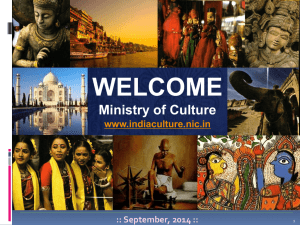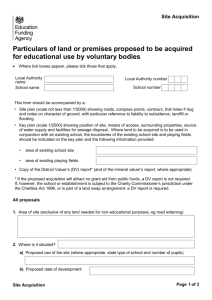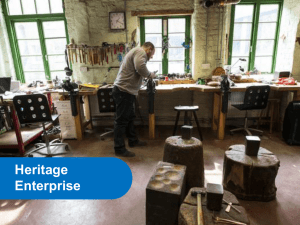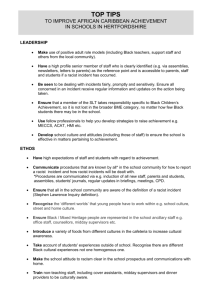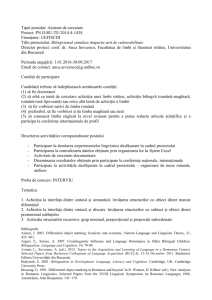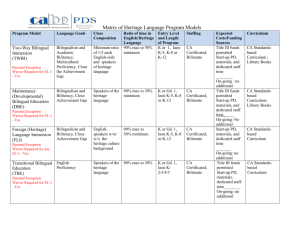Anna Mikhaylova - Linguistics
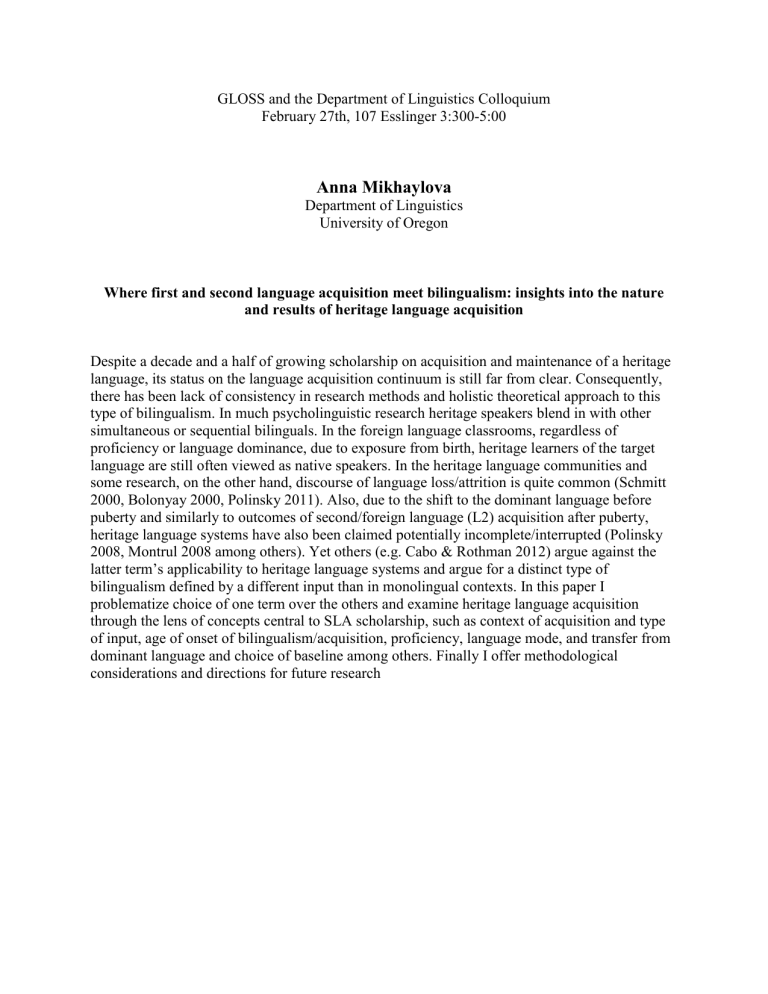
GLOSS and the Department of Linguistics Colloquium
February 27th, 107 Esslinger 3:300-5:00
Anna Mikhaylova
Department of Linguistics
University of Oregon
Where first and second language acquisition meet bilingualism: insights into the nature and results of heritage language acquisition
Despite a decade and a half of growing scholarship on acquisition and maintenance of a heritage language, its status on the language acquisition continuum is still far from clear. Consequently, there has been lack of consistency in research methods and holistic theoretical approach to this type of bilingualism. In much psycholinguistic research heritage speakers blend in with other simultaneous or sequential bilinguals. In the foreign language classrooms, regardless of proficiency or language dominance, due to exposure from birth, heritage learners of the target language are still often viewed as native speakers. In the heritage language communities and some research, on the other hand, discourse of language loss/attrition is quite common (Schmitt
2000, Bolonyay 2000, Polinsky 2011). Also, due to the shift to the dominant language before puberty and similarly to outcomes of second/foreign language (L2) acquisition after puberty, heritage language systems have also been claimed potentially incomplete/interrupted (Polinsky
2008, Montrul 2008 among others). Yet others (e.g. Cabo & Rothman 2012) argue against the latter term’s applicability to heritage language systems and argue for a distinct type of bilingualism defined by a different input than in monolingual contexts. In this paper I problematize choice of one term over the others and examine heritage language acquisition through the lens of concepts central to SLA scholarship, such as context of acquisition and type of input, age of onset of bilingualism/acquisition, proficiency, language mode, and transfer from dominant language and choice of baseline among others. Finally I offer methodological considerations and directions for future research




